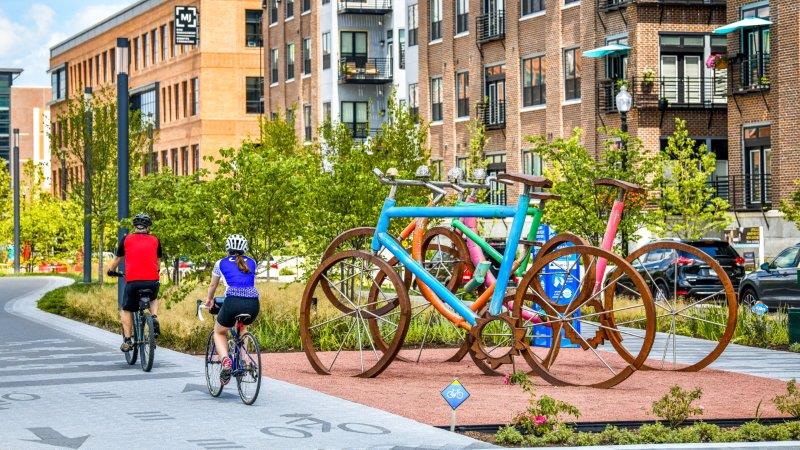It’s a zinger of an argument, delivered with all the contempt the arguer can summon. You’ll hear it anytime a developer or town officials propose something we haven’t yet seen in Hendricks County. “They don’t understand this isn’t Carmel!” or “If I wanted to live in Carmel, I’d have moved there and not here!”
I’ve sat in dozens of meetings and presentations about proposed developments and had conversations with officials from nearly every community in Hendricks County. I have never heard an elected official — or even a developer — suggest they want their communities to be like Carmel. Not once.
If they did, it would be hard to argue. Carmel is repeatedly ranked as one of the nation’s most desirable communities. You may not like the roundabouts and think some of the architecture is ostentatious … but given that city’s rapid growth from sleepy small town to a modern metropolis, I suspect you’re in the minority. Why is there so much development and so many concepts like big apartments and townhomes in Carmel? Because developers want to make money, and they make money by developing what people want to do and where they want to live.
When central Indiana corporations hire new executives from outside the area, realtors steer them toward Carmel and Zionsville. Why? Those communities offer the types of housing those business leaders want, along with amenities like great schools, sprawling parks, extensive trail networks, tony shopping options, and — most of all — other high-income corporate leaders like themselves. Maybe Carmel is doing some things the rest of us could learn from. (But then, we’re not Carmel!)
Sadly, so many people in Hendricks County define their hometowns by what those communities are not, instead of what makes them great. Okay, so your community isn’t Carmel. Nor is it Indianapolis, Poughkeepsie, or any other burg. But can you tell me exactly what your town is? No matter where you live, is your community everything it could — or should — be? (And no, it will never return to what you remember from 50 years ago.)
That’s at the heart of the challenge your local elected officials constantly face as they make decisions about which roads to improve; where to add parks, schools, and sewer capacity; and whether a proposed development will enhance or detract from the community’s desirability or economic well-being.
None are trying to imitate Carmel. They’re just trying to make sure people will continue to choose to live and work in their communities, so they can protect the value of your property.
